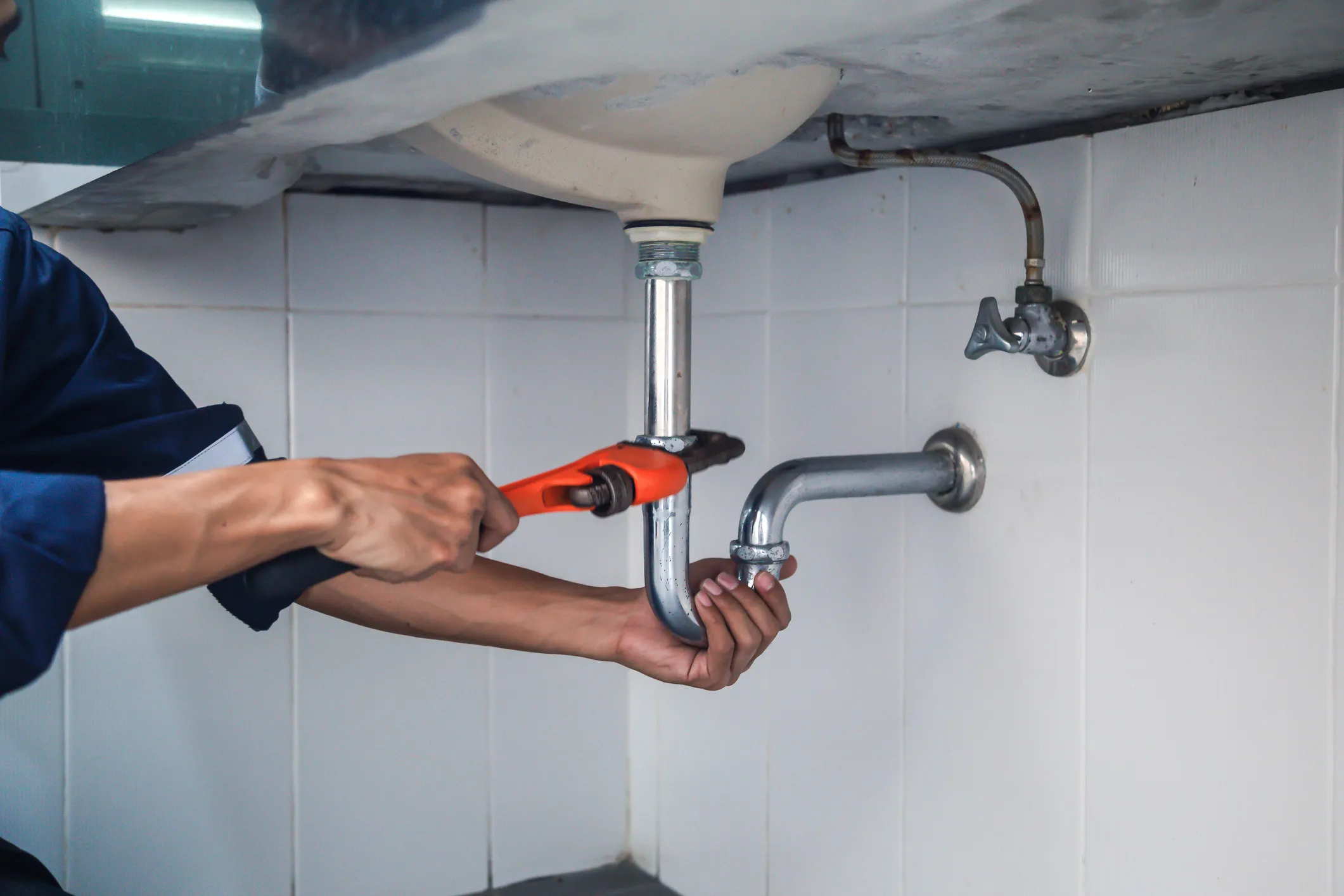For many homeowners and real estate developers, installing grease trap residential systems is a critical step in managing waste effectively. These essential devices prevent fats, oils, and grease (commonly referred to as FOG) from entering and clogging the plumbing system. In this guide, we will dive deep into the importance, process, and benefits of installing a grease trap in your home.

Why You Need a Grease Trap
Grease traps serve as a vital component in maintaining a home’s plumbing health. Without them, FOG can accumulate, leading to blockages and costly plumbing repairs. Additionally, they help in maintaining environmental standards by preventing grease from entering public sewage systems.
Benefits of Installing a Grease Trap
By installing grease trap residential systems, you ensure the longevity of your plumbing. They reduce the frequency of plumbing issues and save you money in the long run. Moreover, they contribute to environmental conservation by reducing pollution.
How a Grease Trap Works
Grease traps work by slowing down the flow of water, allowing FOG to cool and solidify. These solidified greases are then trapped while the water flows out, reducing the grease entering the sewage system.
Components of a Grease Trap
A typical grease trap consists of a tank, baffles, and a flow control device. Each part plays a crucial role in ensuring the trap functions efficiently.
Types of Grease Traps
There are various types of grease traps available, each suited for different applications. The most common types include passive hydromechanical, gravity, and automatic grease traps. Choosing the right one depends on your specific needs and usage.
Passive Hydromechanical Grease Traps
These are compact and suitable for smaller households. They are easy to install and maintain, making them a popular choice for residential use.
Gravity Grease Traps
Ideal for larger homes or commercial properties, these traps handle a higher volume of waste and require more space for installation.
Steps to Install a Grease Trap
Installing a grease trap involves several key steps to ensure it functions properly:
1. Assess Your Needs
Determine the size and type of grease trap you need based on your household’s water and grease output.
2. Choose a Location
Select a location that is easily accessible for maintenance but out of the way of daily activities. This is often under the kitchen sink or in a basement.
3. Prepare the Site
Ensure the site is clean and free of obstacles. This preparation will make the installation process smoother and more efficient.
4. Install the Trap
Follow the manufacturer’s instructions for installation. This typically involves connecting the trap to the sink’s drain and ensuring all connections are tight and leak-free.
5. Test the System
Once installed, run water through the system to check for leaks and ensure the trap is functioning correctly.
Maintenance and Care
Regular maintenance is crucial for the longevity of your grease trap. This includes cleaning out accumulated grease and checking for signs of wear and tear. Routine inspections will help prevent potential issues.
Cleaning the Grease Trap
Cleaning involves removing the grease and debris from the trap. This should be done regularly based on the trap’s size and usage frequency.
Cost Considerations
The cost of installing grease trap residential systems can vary greatly depending on the type and size of the trap. Additionally, professional installation may add to the cost but ensures the job is done correctly.
DIY vs. Professional Installation
While some homeowners opt for DIY installation to save costs, hiring a professional ensures the system is installed to code and functions efficiently.
Environmental Impact
By preventing FOG from entering the sewage system, grease traps play a significant role in protecting the environment. They help reduce water pollution and promote sustainable waste management practices.
Compliance with Local Regulations
Ensure your grease trap installation complies with local plumbing codes and environmental regulations. This will prevent any legal issues and ensure your system is up to standard.
Related Home Plumbing Solutions
Grease traps are just one part of a comprehensive home plumbing system. Consider other solutions such as stormwater drainage and water supply lines to enhance your home’s plumbing infrastructure.
Conclusion
Installing grease trap residential systems is a wise investment for any homeowner. It not only protects your plumbing but also contributes to environmental conservation. By following the steps outlined in this guide, you can ensure a successful installation and enjoy the long-term benefits.

FAQs
1. What size grease trap do I need for my home?
The size depends on your household’s water usage and grease output. Consult with a professional for an accurate assessment.
2. Can I install a grease trap myself?
While DIY installation is possible, hiring a professional is recommended to ensure compliance with local codes and proper installation.
3. How often should I clean my grease trap?
This depends on usage, but generally, a monthly or quarterly cleaning schedule is recommended to maintain efficiency.
This article contains affiliate links. We may earn a commission at no extra cost to you.




